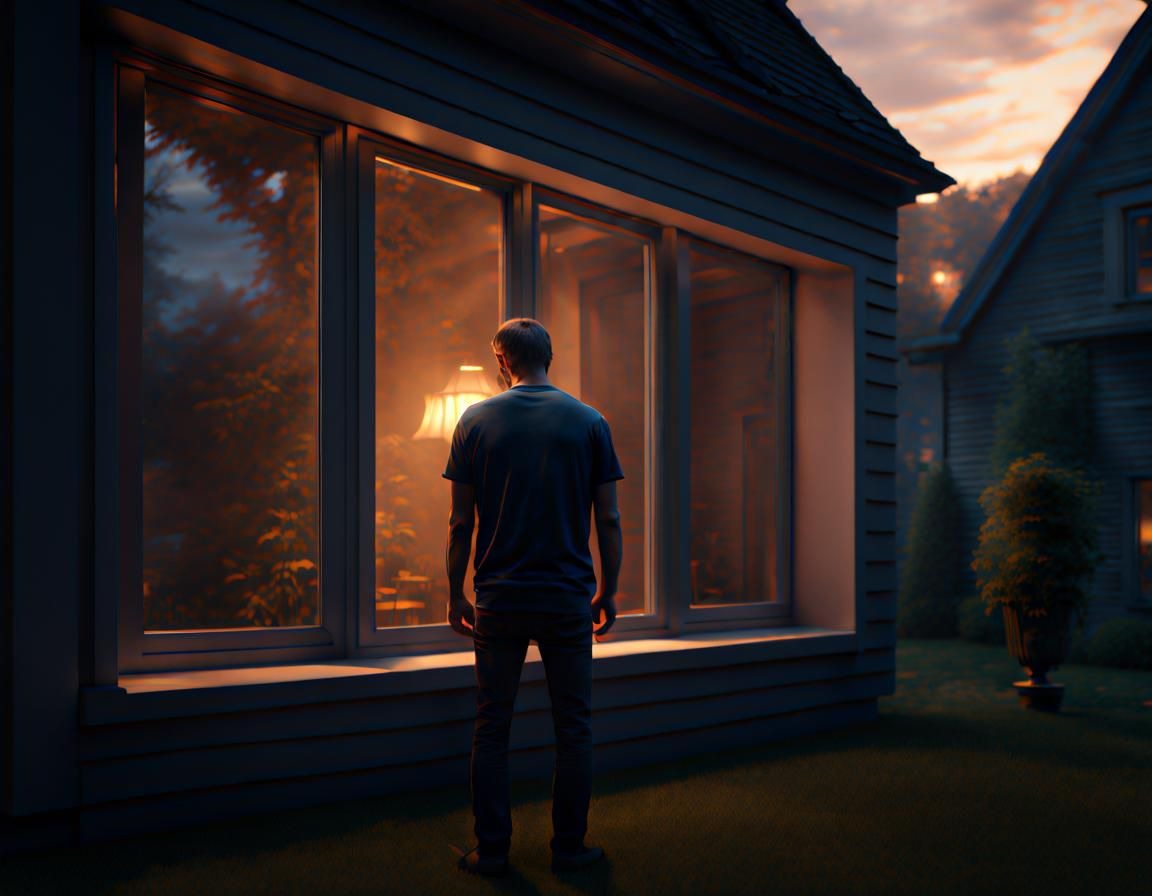
When I married Claire, a warm, grounded woman with two sweet daughters, Emma and Lily, our new family felt like something out of a dream.
Her home was cozy and lived-in, filled with soft light and the scent of vanilla candles. The girls filled the space with laughter, and I found peace in a way I hadn’t known I needed.
But the basement — that was the one thing that didn’t sit right.
The door stood plain and white at the end of the hallway, never locked, never mentioned. Yet the girls often glanced at it, their chatter going quiet if they saw me looking. Claire never brought it up, brushing past it like it didn’t exist.
One evening as I helped set the table, Emma asked, “Do you ever wonder what’s in the basement?” The question caught me off guard.
“Washing machine, old boxes? Or maybe monsters?” I joked, trying to shake the tension. She just smiled and walked off.
Days later, Lily dropped her spoon and said with a sing-song voice, “Daddy hates loud noises.” I froze.

Claire had told me her ex was “gone,” but never said how. I hadn’t pried, thinking it was too sensitive. But maybe I should have.
Then came the drawing. Lily was coloring at the breakfast table, and when I asked about a fourth figure on the page — standing apart from us — she said, “That’s Daddy. And this”—she drew a box around him—“is the basement.”
The conversation had to happen. That night over wine, I asked Claire about it.
She tensed. “It’s just a basement, Jeff. Old and damp. You don’t want to go down there.”
“And their dad?” I pressed gently.
She sighed. “He died two years ago. Sudden illness. I told the girls, but they were so young… I guess they held on in their own way.”
I didn’t push more, but her eyes gave away something deeper, something unresolved.
The next week, while Claire was at work and the girls were home sick, Emma came to me solemnly. “Do you want to visit Daddy?” she asked.
Before I could respond, Lily chimed in, “Mommy keeps him in the basement.”
I was stunned. “Girls, that’s not funny.”
“It’s not a joke,” Emma said seriously. “We’ll show you.”
Despite the chill down my spine, I followed them.

We crept down the creaky steps into the cold, musty basement. In the corner was a small table covered in crayon drawings, toys, and faded flowers. At its center sat a plain urn.
“See?” Emma pointed. “That’s Daddy.”
“Hi, Daddy!” Lily chirped, gently patting the urn.
“Do you think he misses us?” Emma asked, looking up at me with hope in her eyes.
My heart broke. I knelt and pulled them close.
“He’s always with you,” I whispered. “In your memories and your hearts. You’ve made a beautiful place for him here.”
When Claire got home, I told her everything. Her face crumbled as she listened.
“I didn’t know,” she whispered. “I thought hiding the urn would help us move on. I didn’t realize they’d been visiting him down there…”

“You did what you thought was best,” I said gently. “They just need to feel close to him — in their own way.”
The next day, we moved the urn to the living room. Claire helped the girls decorate a new table with drawings and photos.
She knelt beside them and said, “Your dad isn’t really in that urn. He’s in the stories we tell, the love we share. That’s how we keep him close.”
“Can we still say hi to him?” Lily asked.
“Of course,” Claire replied, her voice breaking.
That Sunday, we lit a candle and sat around the urn. The girls shared memories and drawings. Claire told stories of their dad — how he danced with them in the kitchen, how he sang off-key just to make them laugh.
Watching them, I realized I wasn’t there to replace him. My role was to help carry the love forward, to build on what had already been. And I was deeply honored to be part of it.